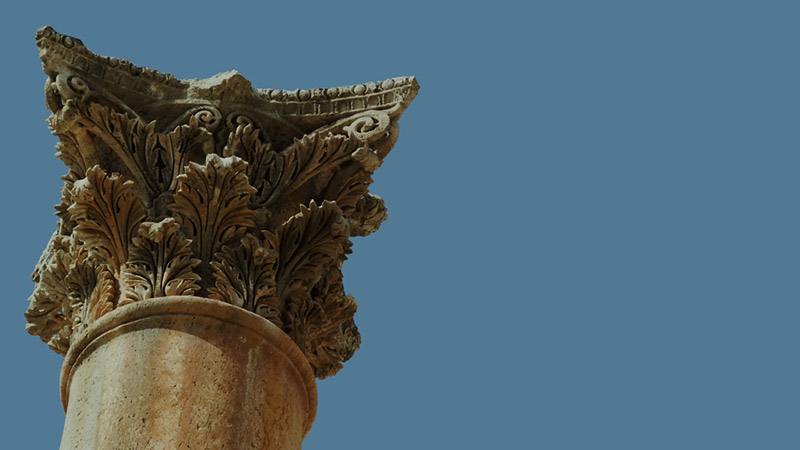More Results
Showing 12 of 131
Articles

Sons of Light
Sons of LightIn Jesus' time, there were four major religious groups (or "philosophies," as Josephus, the Jewish historian of the time, called them). They were the Zealots, the Sadducees, the Pharisees, and the Essenes. It is impossible t...
MOREEncyclopedia

Scenes from Caesarea Philippi: Living Water
This stream is one of several that run out of the cliff at Caesarea Philippi. Originally, the springs ran from the cave known as the Grotto of Pan. The presence of a religious cult here is probably due to these springs of fresh water.Peter's confe...
MORE
Scenes from Caesarea Philippi: Niches
These niches originally held statues of the pagan gods worshipped at Caesarea Philippi. The largest is actually an artificial cave that leads to a niche in the cliff itself. This niche apparently held a statue of Pan. Above it is another niche wit...
MORE
Scenes from Caesarea Philippi: The Grotto of Pan
Against the cliff and in the large cave on the left, in the third century BC, was a cult center to the fertility god Pan. This center probably was built to compete with the high place at Dan, about three miles away.The presence of the spring formi...
MORE
Scenes from Caesarea Phillipi: Temple Podium
The reconstructed platform, or podium, near the cave at Caesarea Philippi was originally the base of a temple either to the Roman emperor Augustus or to Pan (or possibly both). The entrance to the Grotto (or cave) of Pan is seen to the left of the...
MORE
Shepherds
Shepherding was a way of life for biblical people. Abraham, the father of the Jews, was a shepherd, as was Moses, the great lawgiver (Ex. 3:1), and David, the king who established Israel's national identity (1 Sam. 17:28).As the land was settled, ...
MORE
Solomon's Gate at Gezer
On Tel Gezer, archaeologists have uncovered the remains of a huge, six-chambered gate complex, dating to Solomon's time (920 BC). This once huge gate complex stands only 4-5 feet tall today.With the street pavement partially gone, one can see the ...
MORE
Susita
This photograph is taken from Mount Arbel on the western shore of the Sea of Galilee near Tiberias. The hilltop where Susita (Hippos) was located is clearly visible on the eastern shore. Towering over the Sea of Galilee, Susita is connected to the...
MORE
Synagogue Beginnings
There are many theories about the origin of a gathering place called "synagogue." The Greek word for synagogue means "assembly" and is used in place of the Hebrew word meaning "congregation" or "community of Isra...
MORE
Synagogue Leaders
Local elders governed the synagogue as a kind of democracy. While all adult members of the community could belong to the synagogue, only adult males age 13 or older could be elders.A local caretaker called the hazzan (sometimes called "ruler&...
MOREGlossary

Serapis Definition
Egyptian god of fertility and medicine, ruler of the dead. Worshiped by the Greeks and Romans also.
MORE
Synagogue Definition
A Greek word meaning "to gather." The Jews would gather at buildings called synagogues to worship God and to study the Scriptures. Each Jewish community also used the synagogue to teach young people.
MORE

















